Made in China, no question – Invented in China, of course:
BAU588 You-Du R+D Development, Jinqiao, Shanghai
Pudong New District, Shanghai, China
Discipline
Architecture, Landscape ArchitectureTypology
R+D lab/workshop, office, office landscapeCity
Pudong New District, Shanghai, ChinaDate
2016-2022Status
Completed 2022Client
Shanghai Jinqiao Export Processing Zone Development Co., LtdProgram
R+D lab/workshop, office,cafe, basement parking.introduction
“Made in China” is rapidly being superseded by “Invented in China”. The vast industrial zones created in the 1990s have only partially filled with industrial buildings. Research and Development (R+D) projects are now taking up the slack. R+D is ideally located close to universities, industry and in countries of rapid change. Jinqiao, Shanghai is such a location.
the pragmatic and beyond
You Du is a speculative R+D development created by the local government, an organisation charged with developing and running this vast middle district of Pudong, Shanghai. The surrounding industrial district is made up of large sites and has a sparse road network.
Two buildings, linked by a bridge with terrace over and entrance plaza under, are designed with flexibility and robustness – in order to meet the needs and space requirements of a range of companies over the long life of the building. The space between the buildings allows for future E-W permeability should the district ever wish to introduce a more connective human-scaled circulation network.
The two buildings are articulated into a tripartite composition. The lower two floors are treated as a podium and as many of the community functions are located in this animated and active base. The upper five floors take the form of an extruded C-section, with their back to the north and their opening sides toward the south for solar gain.
Sandwiched between these two design elements is a floor defined by its colourful planar ceiling and floor and connection via the bridge – a literal and virtual sandwich. Fully glazed between the planes, the floor and soffit run the length of the two buildings, and open at the front to form the double height entry lobby and inside-out stair flights. A wide south facing public balcony off the sandwich connects the development front to back. It overlooks and connects to the landscape via a spiral stair at the canteen bridge and the seating stair to the street.
The front building is designed to best suit a large company. It has a commercial café facing the street and a double-height lobby with amphitheatre stair leading up to the canteen in the bridge. The rear building is suited to smaller companies. It has a smaller lobby on ground floor and shares the canteen. Both buildings have industrial goods-elevators, raised floors and tall floor heights (6.0m, 4.5m, and 4.2m), able to accommodate various scales of machinery and equipment.
not only but also
Surrounded by merely prosaic factories, this new R+D facility presents itself not only as a new type of program, but also as a series of new opportunities with which to engage: not only the functional, but also the symbolic, the poetic, and the articulate. Even the modernist tradition of expressive sun shading announces the importance, once again, of environmental sustainability and the buildings green star accreditation.
This project demonstrates that even within the modest means of a speculative development budget, it is possible to develop a more multi-dimensional architectural outcome that is more responsive to not only the city, but to the neighbourhood, to the street, and to the users and visitors to the building.
postscript: a more sophisticated zoning
Beyond the symbiotic relationship of R+D and Industry, the opportunity-cost of banishing all new R+D development to industrial zones is high. Long daily commutes, the exposure of dormitory dwellers to industrial pollution, the inconvenient isolation from services, retail and entertainment to name a few. Integrating R+D, and other clean industry, within the city proper, and in reach of industrial zones and universities, would be a progressive strategic pillar of urban planning for China as it emerges from a place of production to a place of innovation.
- Infrastructure
- Public
- Residential
- Healthcare
- Education
- Culture
- Office
- Retail
- Hotel
- Hospitality
- Mixed Use
- Sports
- Planning
- Urban Design
- Public Landscapes
- Private Landscapes
- Playgrounds
- Structures & Pavillions
- Residential
- Healthcare
- Education
- Culture
- Office
- Retail
- Hotel
- Hospitality
- 2023
- 2024
- 2021
- 2020
- 2019
- 2018
- 2017
- 2016
- 2015
- 2014
- 2013
- 2012
- 2011
- 2005-2010
- 2000-2005
- 1990-2000











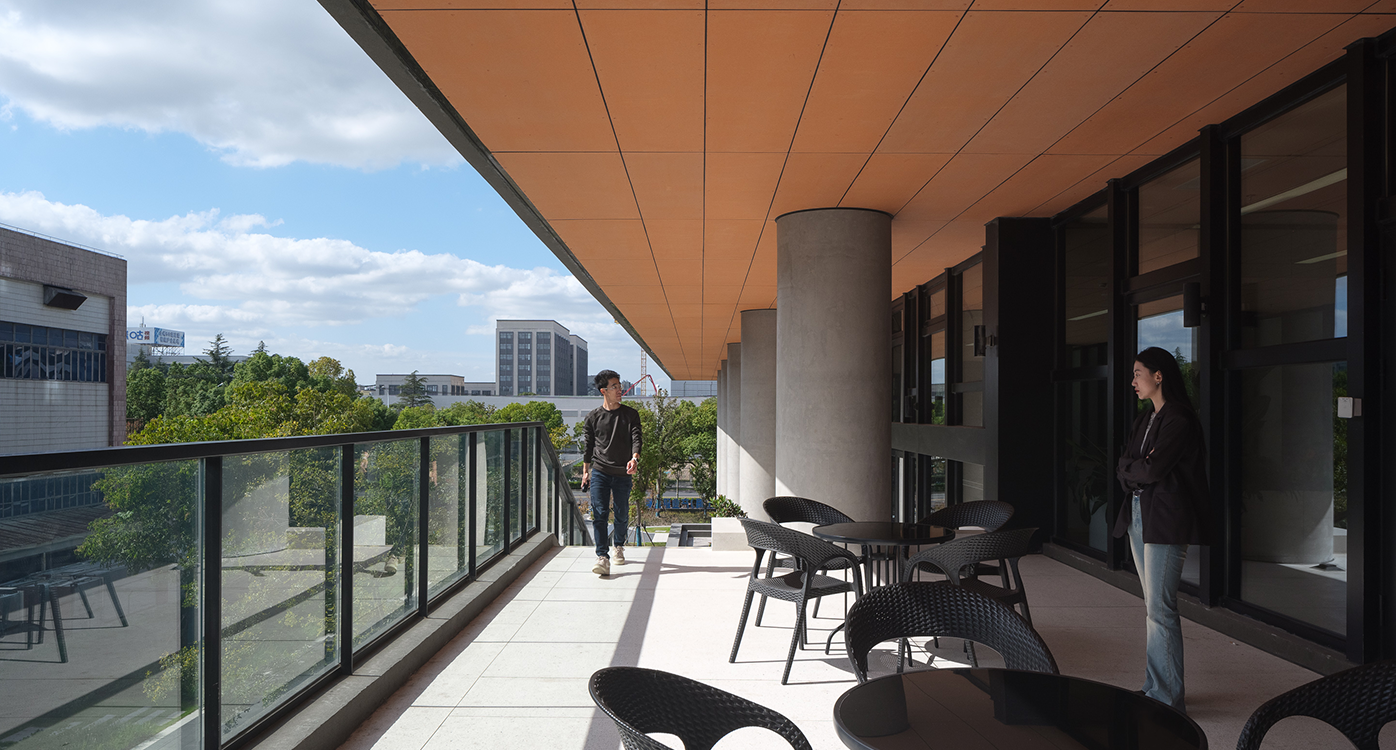


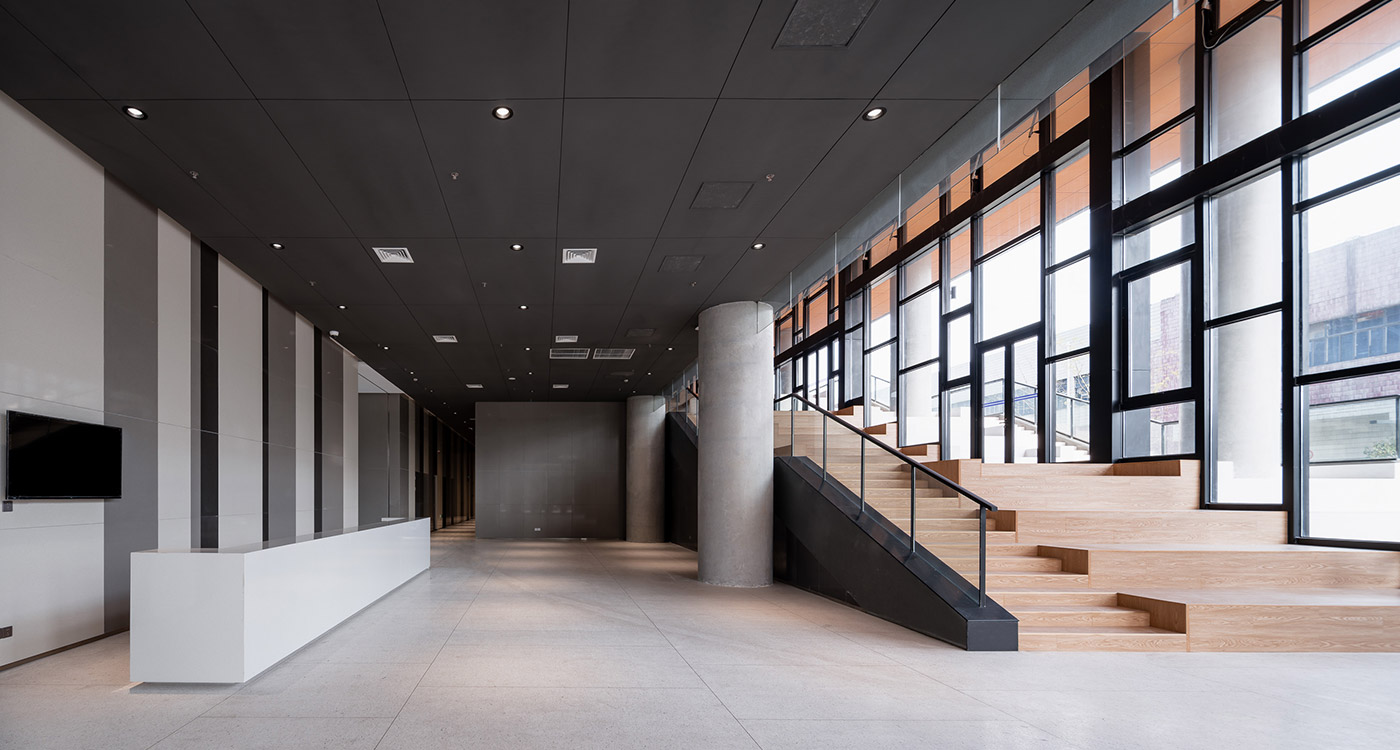





















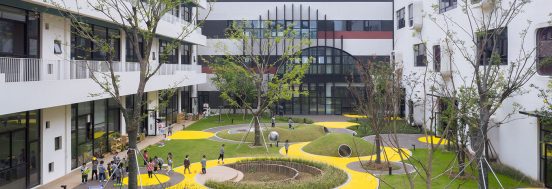











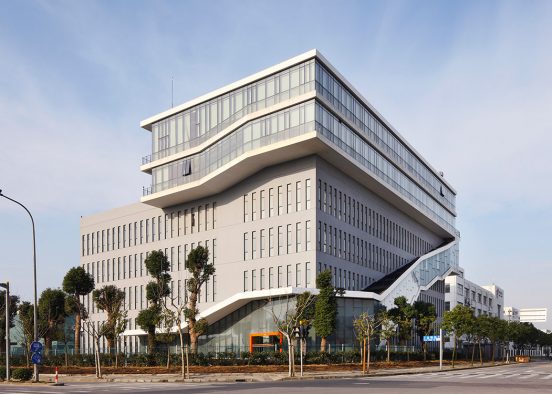


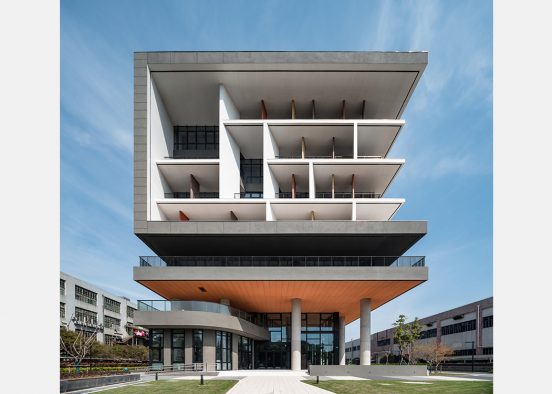


















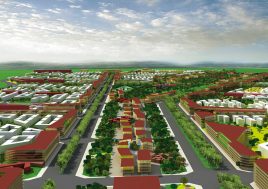





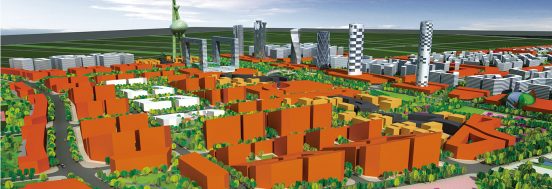







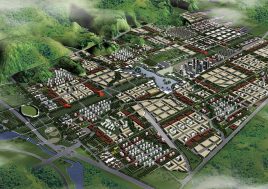










































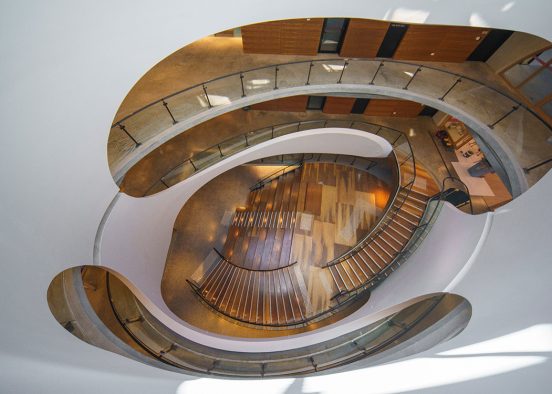








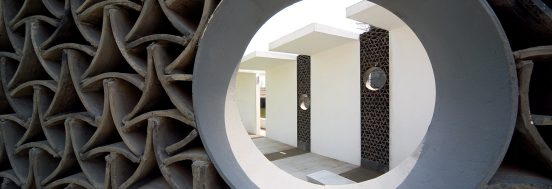

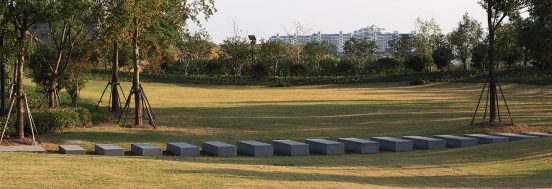
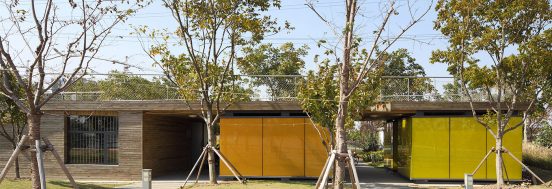


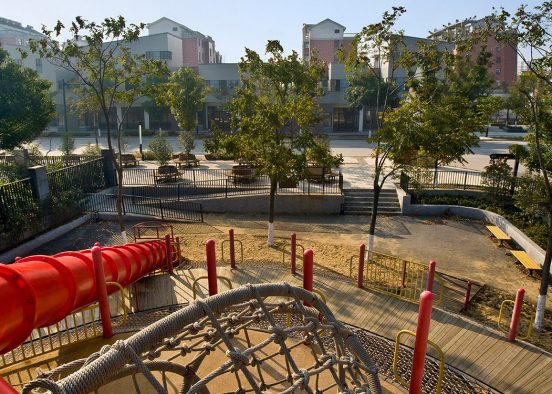













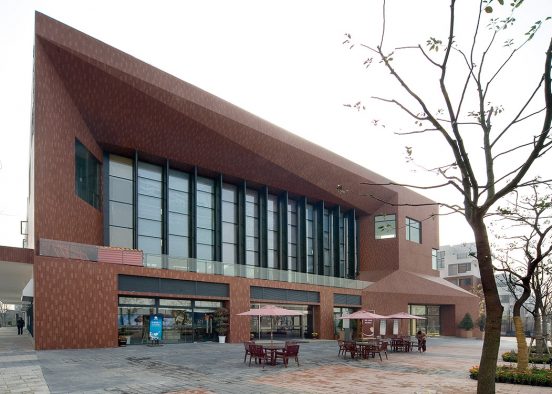
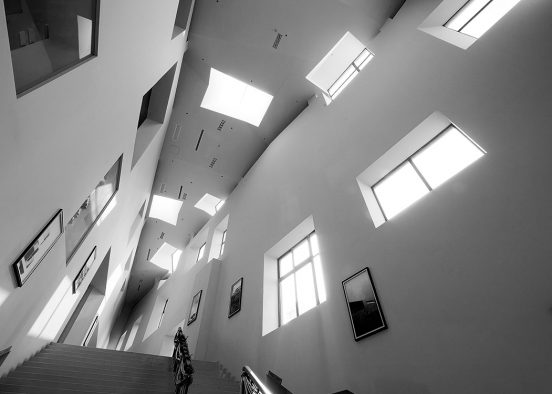
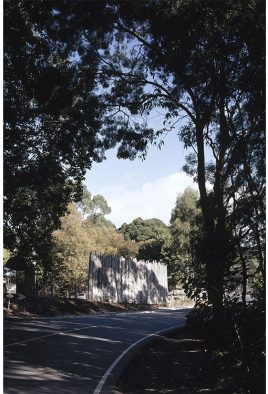
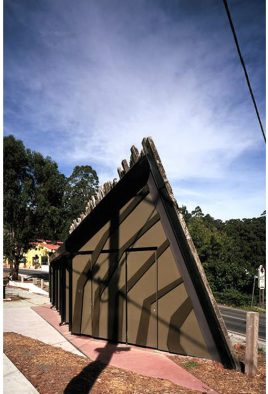













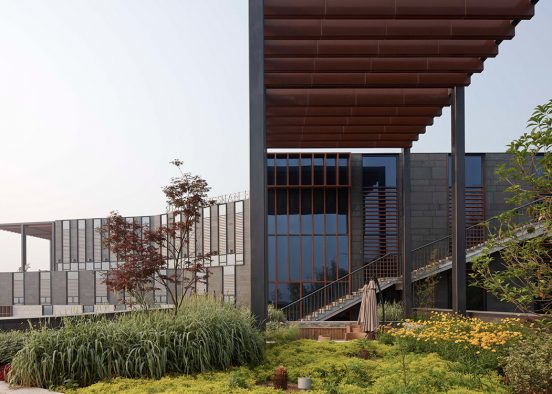








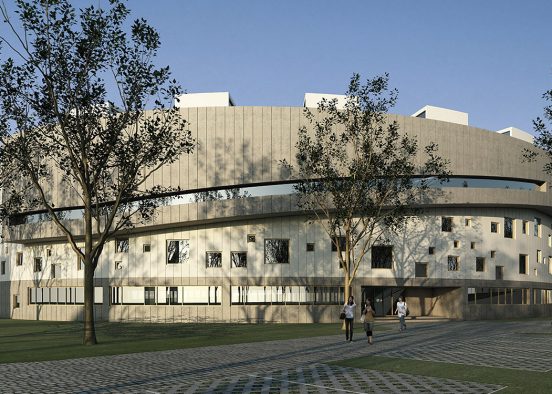







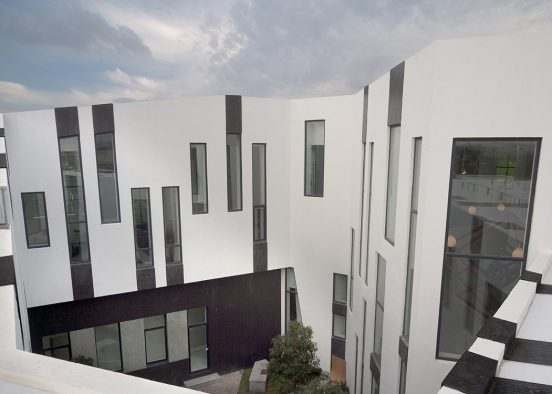








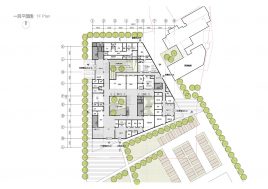


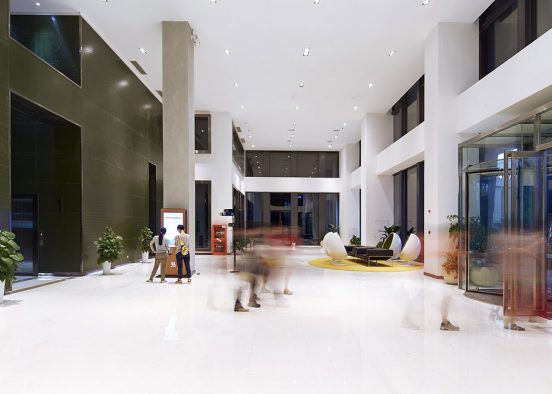

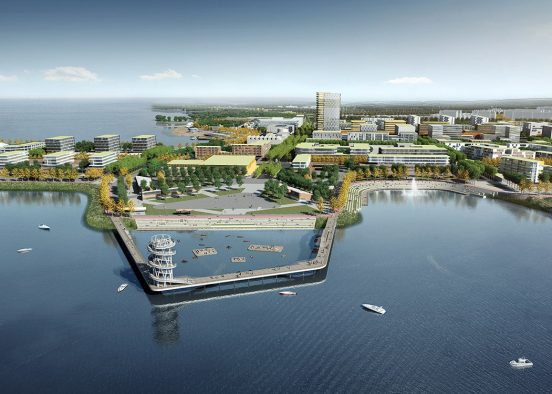





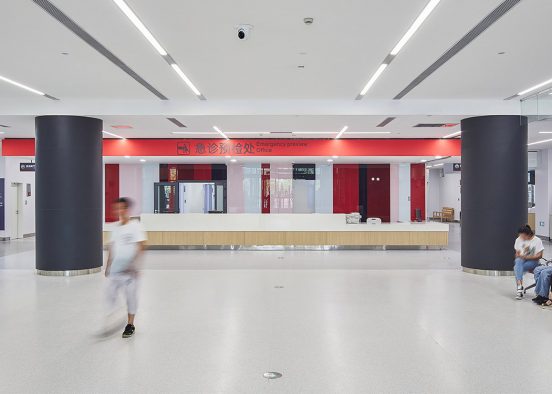




















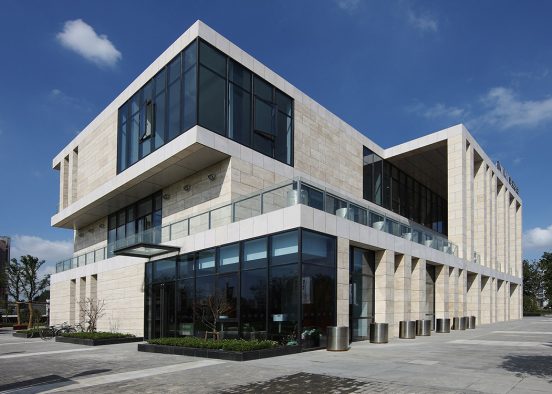










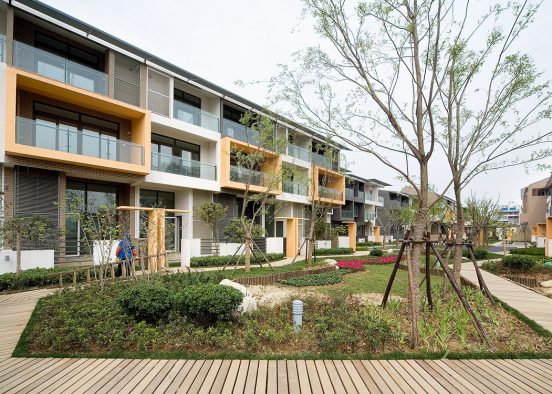
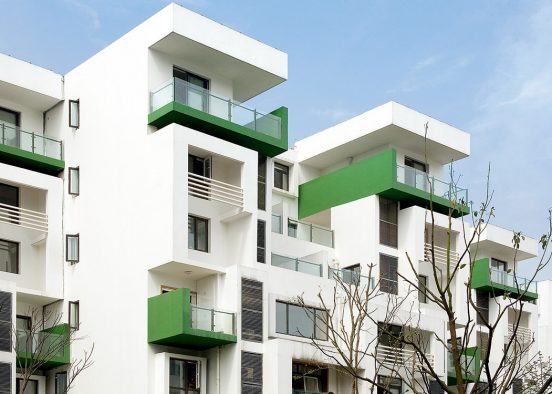









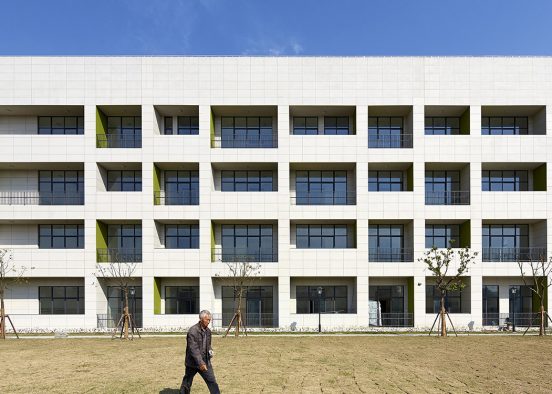
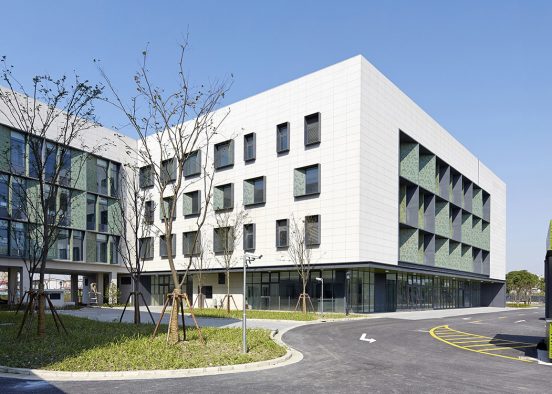


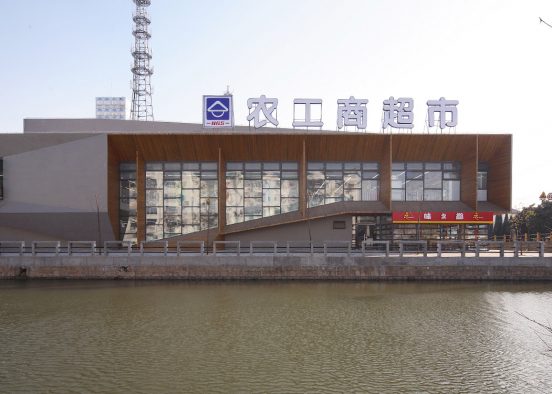
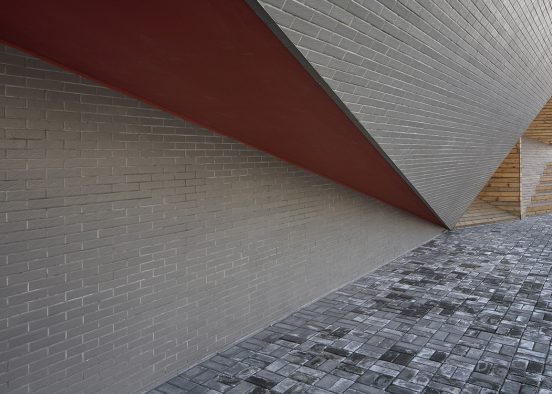

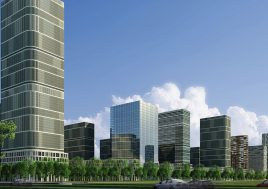



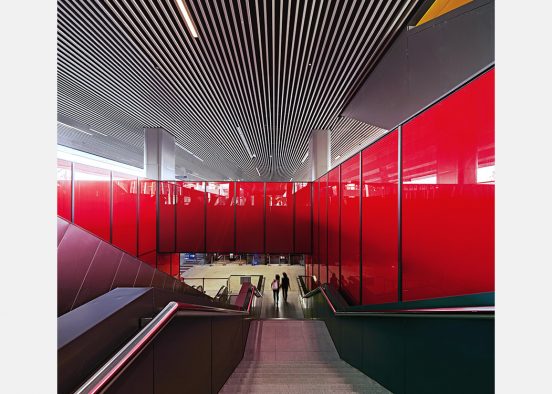


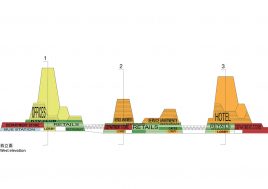







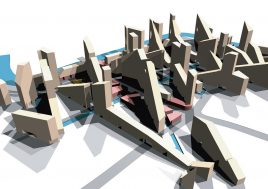



















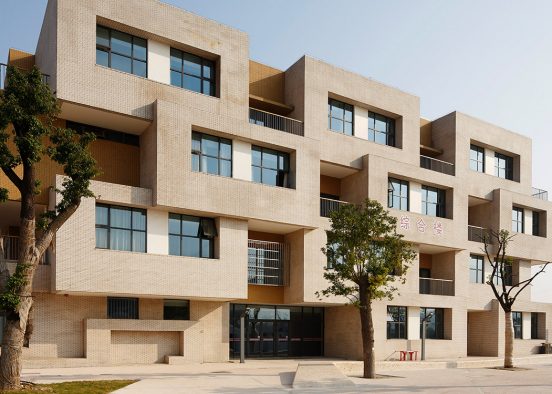



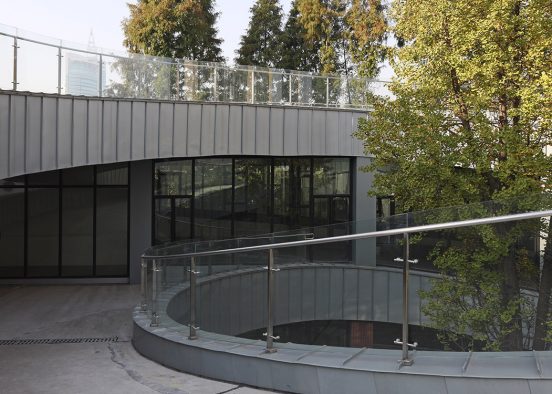
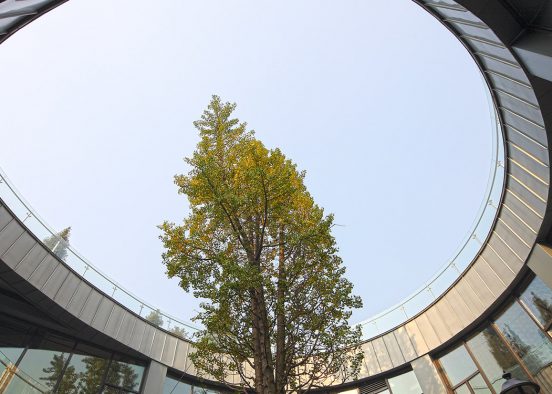



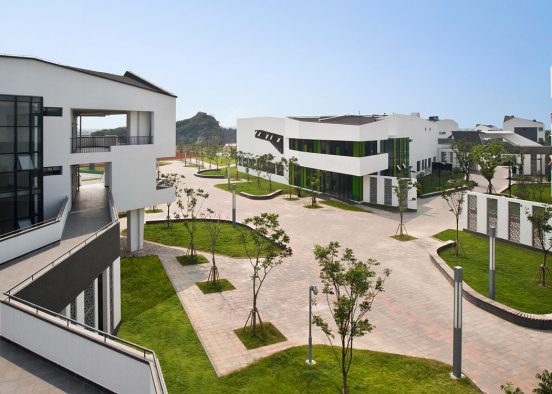




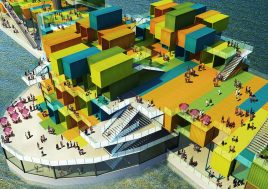












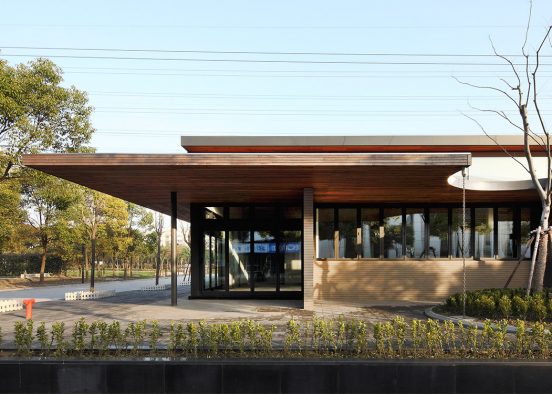








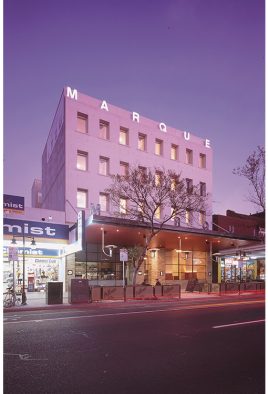














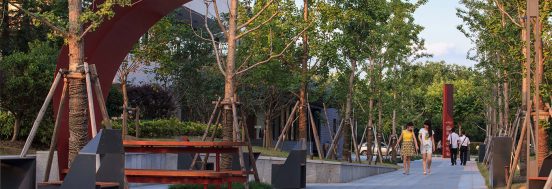

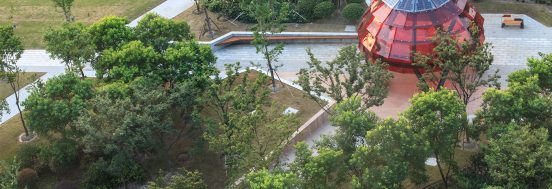

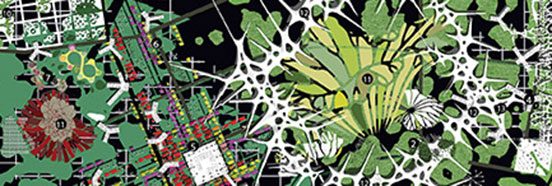













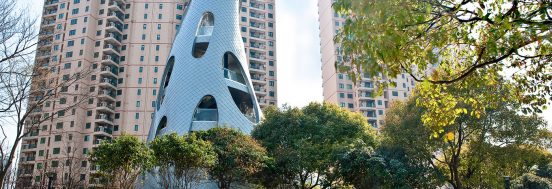
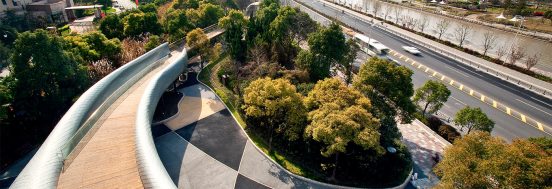




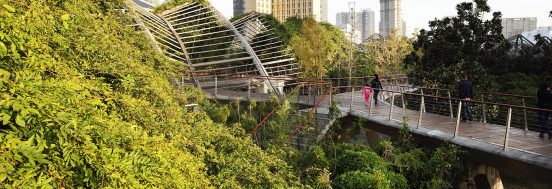
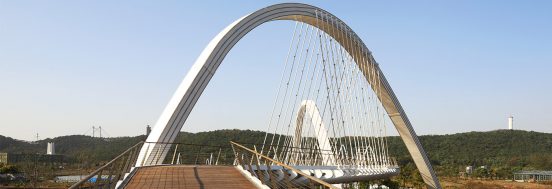
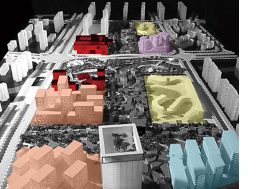

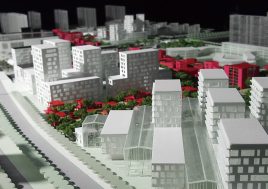






 Back to projects
Back to projects
